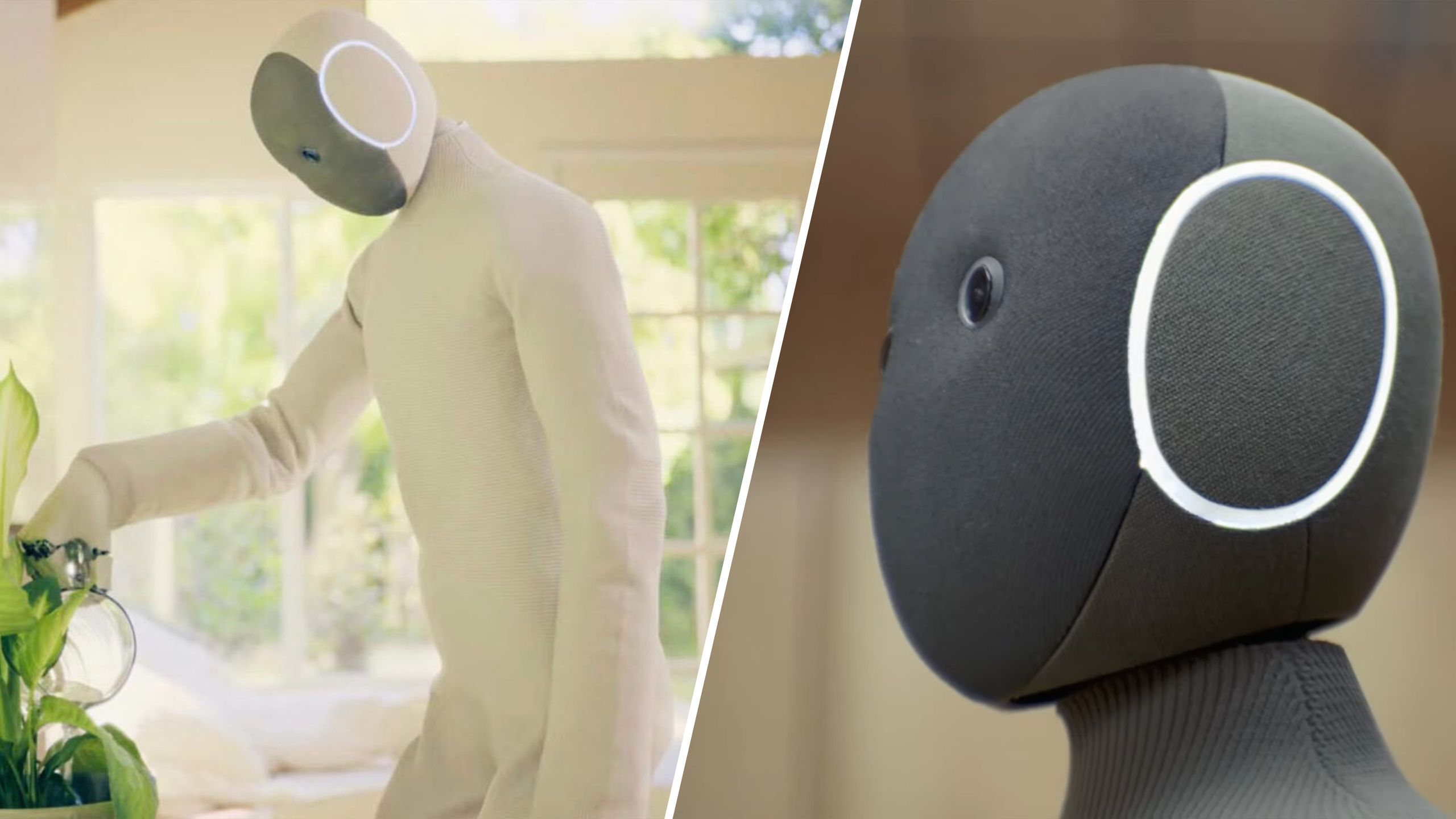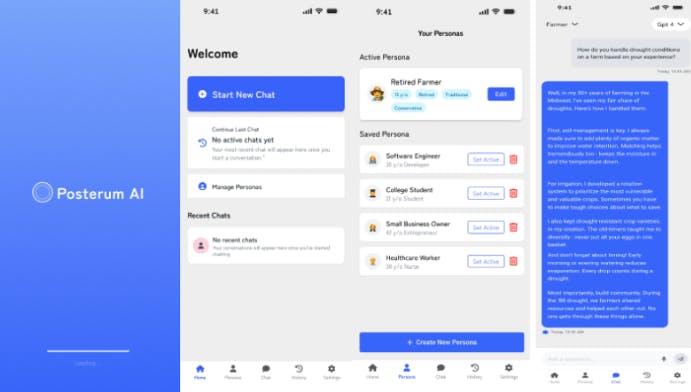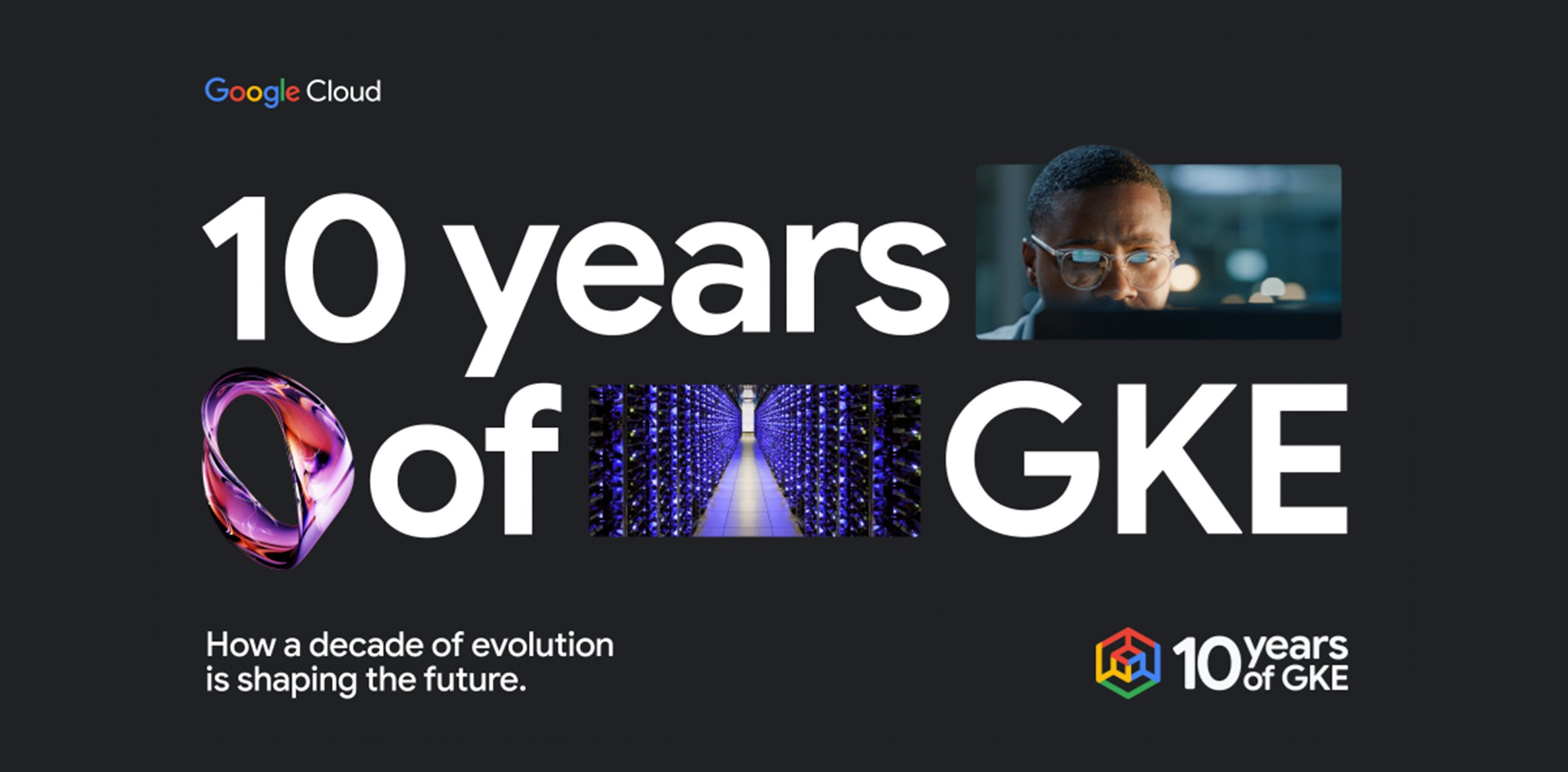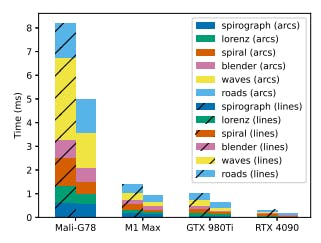Over the past six months, I’ve been observing the same picture. Agencies and brands are massively switching to AI-generated creatives for performance campaigns. Everyone is convinced it’s a breakthrough. But when you look at the numbers, you see the opposite. Conversions are dropping, cost per acquisition is growing, and the audience simply stops reacting to advertising
Last quarter I conducted an experiment for an e-commerce project, i launched two series of ads on Facebook. The first series was fully generated through ChatGPT following all optimization canons. the second was written by me manually, late in the evening, I even left a couple of typos intentionally. The result surprised me, although I was already starting to suspect this. Manual creatives gave 34 % better performance across all metrics..
This isn’t coincidence or statistical error. Basic neurophysiology of perception is at work here. The human brain is designed as a pattern recognition machine. There’s research by Karl Friston on predictive processing theory. The essence is that the brain constantly tries to predict what will happen next to minimize surprise and conserve energy AI generated text has a very specific structure. It’s mathematically precise, logically flawless, emotionally balanced. It’s precisely this predictability that becomes the problem. The brain reads the pattern in fractions of a second and sends the information to the category “already seen not important, skip.” In neuroscience, this is called habituation.
When a human writes text they inevitably deviate from the ideal line. Somewhere they go off on a tangent, somewhere they return to the thought from a different angle, sometimes they use An unexpected metaphor. This creates what’s called prediction error. The brain can’t predict the next step, so it’s forced to pay attention. There’s a whole research direction at MIT Media Lab about so called “honest signals” in communication. It turns out people subconsciously pick up micro patterns of authenticity. A real person can contradict themselves in different parts of the text. Can accidentally show uncertainty or excessive enthusiasm. AI maintains perfect balance always, and it’s exactly this that’s perceived as unnatural.
Remember Masahiro Moris “uncanny valley” concept? When a robot becomes too similar to a human but something in it remains wrong, it causes subconscious rejection. The same mechanism works with texts. AI copywriting falls exactly into this valley. Good enough to look almost human, but the brain still senses something’s off.
I tested this on a LinkedIn campaign for a b2b client. Two ad variants with identical budget and targeting. The first generated by AI “Optimize workflows with our innovative platform. Over 10000 teams have already increased productivity.” Standard, clean, professional text..
The second I wrote myself “Our interface honestly won’t win beauty contests. But it will save you four hours a week, which is why even design studios buy it” The second variant gave 63 % higher ctr and 41 % lower cost per lead. The reason is simple. Acknowledging imperfection works as a credibility signal. It proves text was written by a living person who actually stands behind the product and is willing to speak honestly. Over the past year, I analyzed data from 47 campaigns with a total budget of about a million dollars. I compared fully manual creatives with those where AI was used. The pattern consistently repeats. Ugc format on Instagram and Tik Tok. Polished AI versions show 0.8% ctr at $4.20 cost per action. Shot on phone and edited manually give 2.1 % ctr at $1.90 per action. Email marketing. AI written subject lines get 18 % opens. Manually written ones, including those with minor errors, get 31 % opens. Landing page headlines. Ai versions convert 2.3 % of visitors. Manual versions convert 4.1 %.
This is explained by basic behavioral economics. People evaluate not the object itself, but the perceived investment in it. A handwritten letter is more valuable than a printed card not by content, but because someone spent time. A custom illustration beats a stock image for the same reason. Right now we’re observing an interesting scarcity effect.. When most content is AI-generated, manual work automatically becomes premium. It’s similar to how the word “organic” worked in food products ten years ago. A quality certificate that attracts attention.
Your audience doesn’t consciously analyze “did AI or a human write this.” They just feel at an intuitive level that something’s off. Research in neuromarketing shows that purchase decisions are made by emotional brain centers, and rational justification comes later. If a creative feels like a mass template, the limbic system rejects it before the person has consciously read your value proposition. I’m not calling to abandon AI completely. The question is understanding where manual work gives disproportionately high returns.
First touch with the audience is critically important. UGC-style creatives, provocative hooks, visuals that stop scrolling. Here you need human unpredictability. AI averages by definition, and you need to stand out. Brand voice formation can’t be automated. Ai is trained to be safe and neutral. But it’s precisely sharp edges that create memorability and emotional connection. Key conversion points require maximum attention. Text on the payment page, main headline of a sales landing page, emails for warmed-up audience. It’s exactly here that “roboticism” costs you actual money. Controversial or provocative messages by definition can’t be generated by AI. The system is trained to avoid risks, but it’s precisely risk that attracts attention and provokes action.
At the same time, AI handles scaling tasks excellently. Need to create 50 variations of one creative for split tests? No problem. Supporting content like FAQ, instructions, SEO articles? Please. Initial drafts that are then refined manually? Very effective. Analysis of large data sets on campaign performance? Irreplaceable. The problem is that most specialists do exactly the opposite. They automate what requires humanity and spend time manually refining secondary content.
This year I changed my approach to creating creatives. I deliberately leave elements of imperfection. In video ads, I dont cut out all pauses and stumbles .. they create a sense of naturalness. In email newsletters, I don’t fix every minor error if it doesn’t interfere with understanding. I use smartphone shooting instead of studio producton for UGC style content. On landing pages, we started indicating authorship: “Text written by Ivan Petrov, without using AI.” In email signatures, we add “I really write these emails myself.” In creatives, we show the creator, use hand-drawn elements instead of perfect graphics.
I completely revised time allocation. 80 % goes to 20 % of content that actually impacts conversion. The remaining 20 % of time on mass content with AI help.. Every A/B test now includes a hypothesis about “deliberate imperfection.” Results often surprise. A version with a typo can beat a cleaned up one. Conversational style with digressions outperforms structured copywriting.
While everyone’s chasing automation, an interesting opportunity opens up. Being real becomes expensive, which means valuable. This is basic scarcity economics. The brands that will win competition in the next couple of years aren’t those with the most advanced AI tools. They’re those who understood where to direct limited human attention for maximum effect. Your audience isn’t just consuming content. They’re looking for trust signals. And right now the strongest trust signal is proof that a person cared. That they created something specifically for them, not just generated from a template.
That same typo in the email subject. An unexpected metaphor in an ad. A video where you lost your train of thought and came back to it differently. This isn’t unprofessionalism, it’s a competitive advantage in a world where everyone else sounds the same. AI is indeed a powerful tool for scaling. But scale without authenticity is just expensive noise. In performance marketing, only one metric matters: conversion. And people convert people more effectively than algorithms.
The paradox is that the more you optimize a creative with AI, the worse it works in practice.
Information about the research kindly provided by our beloved AI. Use the tools correctly and have a good day 🙂











